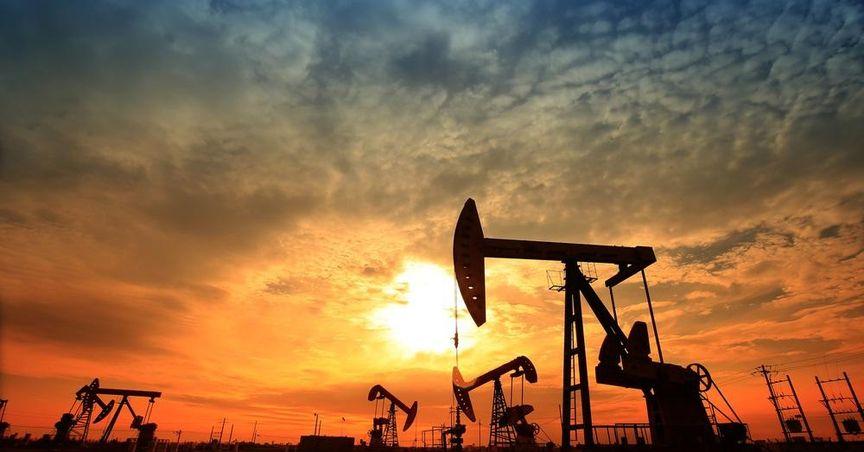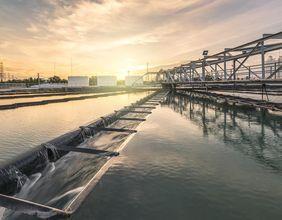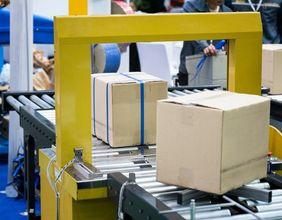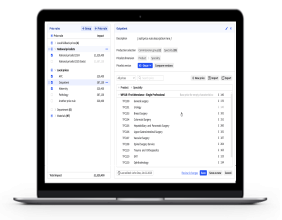Zephyr Energy (LSE:ZPHR), an oil and gas company based in the Rocky Mountains, reported successful results from the second phase of production testing at its State 36-2R LNW-CC well in the Paradox Basin project in Utah on Friday. The AIM-traded company announced that the test achieved peak production rates exceeding 2,100 barrels of oil equivalent per day, a notable result given the well's relatively small 130-foot completed reservoir interval.
The firm attributed the strong performance to the effective acidisation of the well, a technique that addressed near-wellbore formation damage and enhanced reservoir permeability. This method, the first of its kind used in the Paradox Basin, may help reduce future reservoir risks and potentially eliminate the need for costly hydraulic stimulation, which is commonly used in other US onshore projects.
Additionally, the test recorded increased liquid yields, with peak production reaching 510 barrels of oil equivalent per day of condensate and light volatile oil. The well also demonstrated almost zero water production, which is expected to enhance its economic viability.
Zephyr Energy plans to use these promising results to explore further development opportunities for the Paradox project in collaboration with US-based industry partners. The company is evaluating whether to produce the well in its current state or extend the wellbore to increase long-term hydrocarbon recovery, as the well is permitted for up to a 10,000-foot lateral extension. Further data analysis, including a detailed fluid laboratory assessment, is underway to better understand the field’s fluid composition and potential.
An updated competent persons report will be released based on the new data from the State 36-2R well and other wells within the Paradox project. The findings are viewed as a strong foundation for accelerating the appraisal and development of the flagship project.
Colin Harrington, CEO of Zephyr Energy, described the results as a significant milestone for the company. He highlighted that the acidisation stimulation used in the Paradox Basin had delivered encouraging outcomes, notably in well deliverability and permeability. These results may lead to substantial reductions in completion costs and increased productivity without the need for more expensive hydraulic stimulation methods.
The board is evaluating all potential options, including producing from the State 36-2R well and exploring the possibility of extending the well’s lateral to expand the drained area. Concurrently, discussions have begun with US-based industry partners regarding asset-level partnerships.
At 1036 BST, Zephyr Energy’s shares were trading up 12.5% at 4.28p, reflecting positive market reception to the recent test results.




